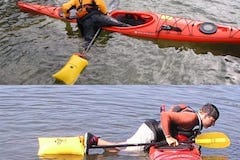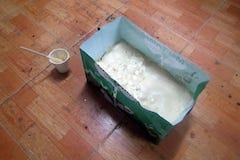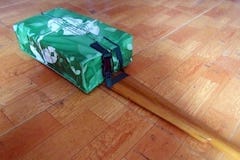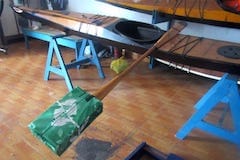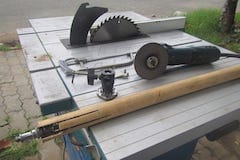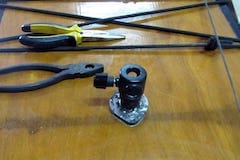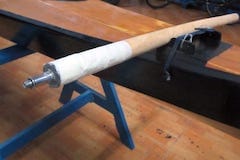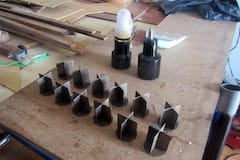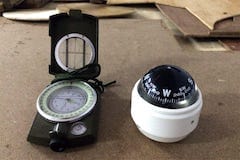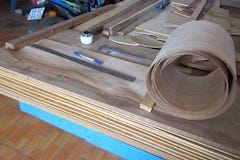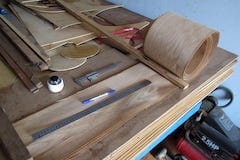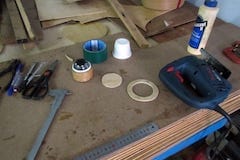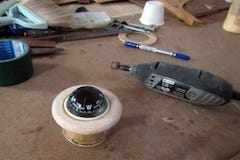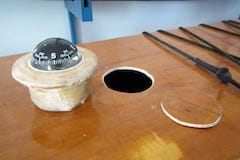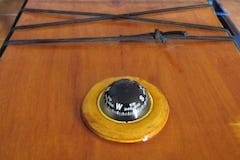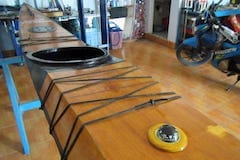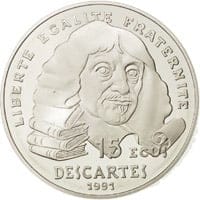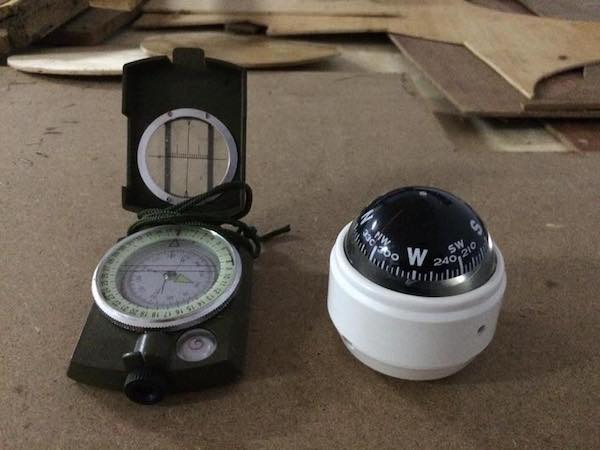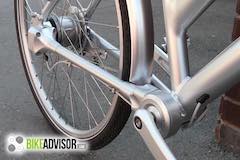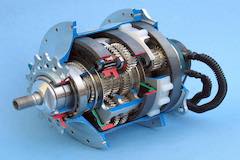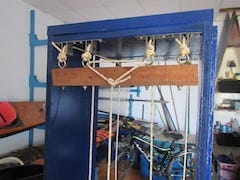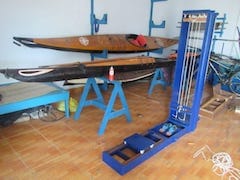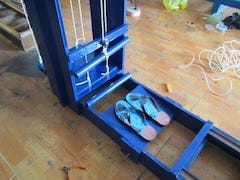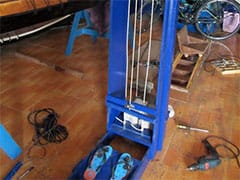Không mấy khi thích nói về các chủ đề chính trị, xã hội, nhưng hôm nay cũng có hứng cóp nhặt một vài suy nghĩ vụn vặt. Cái câu châm ngôn của Cộng hoà Pháp trên tựa đề bài viết ấy thường được dịch ra tiếng Việt là: Tự do, Bình đẳng, Bác ái. Trong cách dịch ấy, hai chữ đầu đã ổn, nhưng Fraternité mà dịch là Bác ái thì… hoàn toàn chưa ổn!
Có lẽ, tại thời điểm du nhập những chữ ấy vào Việt Nam, người dịch chưa có một hiểu biết, một khái niệm như thế nào là Fraternité trong xã hội phương Tây, nên dịch Bác ái là… quá rộng, quá mơ hồ, nếu không muốn nói là hoàn toàn sai so với bối cảnh văn hoá, tổ chức xã hội phương Tây đương thời. Dưới đây sẽ nói rõ hơn về điều đó.
Fraternité hiểu theo nghĩa đen, cơ bản nhất là tình huynh đệ, tình anh em trong một nhà, trong một hội đoàn cụ thể. Đơn giản nhất, những tổ chức đơn thuần mang tính thể thao như CLB Thuyền buồm, CLB Golf… có thể gọi là mang tính Fraternité. Từ góc độ nghề nghiệp: nông hội, công hội, thương hội… là những tổ chức mang tính Fraternité.
Trong xã hội phương Tây cách đây vài thế kỷ, khi mà mọi công việc được chuyên môn hoá cao độ, bất kỳ nghề nghiệp gì dù là nhỏ nhất cũng mang tính hội đoàn. Tiến lên một bước nữa, những tổ chức từ thiện, các hội tương tế, ái hữu, tập hợp những con người chia xẻ chung một quan điểm, một phương châm sống là những tổ chức mang tính Fraternité.
Ở một cấp độ cao hơn, các tổ chức lớn như hội Tam Điểm (Freemasonry), các Hiệp sĩ thánh chiến (Crusades), các đảng phái chính trị, etc… là những tổ chức mang tính Fraternité. Nói như thế để hiểu rằng, còn người ta hành động trước tiên là vì quyền lợi của mình, của anh em mình, rồi vì quyền lợi của đoàn thể, từ băng nhóm nhỏ cho đến tổ chức lớn.
Thậm chí, những tôn giáo lâu đời cũng phát triển, phân nhánh thành những tổ chức nhỏ hơn mang tính Fraternité: Thanh giáo (Purtians), Tin Lành (Protestant)… Xã hội được cấu thành từ rất nhiều những hội đoàn khác nhau về nghề nghiệp, về tôn chỉ giáo dục, đạo đức, về đức tin tôn giáo… tất cả đan xen vào nhau một cách rất phức tạp.
Và như thế, Fraternité từ một nghĩa hẹp, xưa cũ (là tình anh em, nghĩa huynh đệ trong một nhà), đã được mở rộng để ám chỉ về các phẩm chất (virtues), các nguyên tắc đạo đức (code of ethics), các luật lệ hành xử (code of conduct) cần thiết và áp đặt đối với các thành viên của một hội đoàn, một tổ chức, cho dù là lớn hay nhỏ.
Và Fraternité cũng không phải là Bác ái, một loại tình yêu chung chung hướng tới muôn người, muôn loài như kiểu nhà Phật. Mà là tình cảm và thái độ hướng tới những con người đồng hội đồng thuyền trong một cộng đồng, một tổ chức, có phương châm sống, có mục tiêu, có phương pháp hành động, có cương lĩnh, lý tưởng rõ ràng.
Khi châu Âu chuyển mình từ thời Trung Cổ, từ chế độ quân chủ, những “privilege system” – các hệ thống đặc quyền, sang những cơ cấu mới, những “by – virtue system”, những hệ thống XH dựa trên các thang giá trị, vậy thì những “virtue” ấy là gì? Nó gồm rất nhiều điều, nhưng được đại diện bằng 3 chữ: Liberté, Égalité, Fraternité nêu ra trên đây.
Hàng trăm năm trước khi thực sự có Liberté & Égalité, châu Âu đã miệt mài xây dựng Fraternité: những tổ chức bảo hiểm hằng hải (Lloyd, Veritas…), các hội Khoa học và Địa lý, những Y sỹ đoàn, Luật sư đoàn, các hiệp hội, nghiệp đoàn khác… Nếu Liberté & Égalité là chung chung trừu tượng thì Fraternité lại gần gũi, trực tiếp với những sinh hoạt kinh tế hàng ngày.
Hiển nhiên, XH VN đang là một “privilege system”. Nhưng đừng vội liên hệ “privilege system” với “nhóm lợi ích” và đổ toàn bộ lỗi cho chính quyền, chế độ. Chúng ta đã có một nông hội hiệu quả để chống lại thương lái Trung Quốc lũng đoạn chưa!? Chúng ta đã có những thương hội mạnh để cạnh tranh với khu vực hay chưa, hay là vẫn đang thua trên sân nhà!?
Chúng ta có thực sự có Fraternité trong các tổ chức, dù là tư nhân hay nhà nước hay chưa!? Hay vẫn tiểu xảo lừa gạt người khác để vụ lợi nhỏ trong mọi cơ hội có thể!? Ở cấp độ cá nhân, hay là mỗi người VN vẫn mang cái não trạng AQ: chúng ta sinh ra đã là đặc biệt, đã là hơn người, tự cho mình suy nghĩ và hành động xâm phạm đến Liberté & Égalité của người khác!?
Nên thực sự tôi cảm thấy khôi hài với một số người, ban ngày thì lên mạng hô hào tự do dân chủ, rồi tối về không làm gì khác ngoài việc lướt web xem hotgirl vú vếu, cạnh khoé người này người kia, nhảy vào những trang lá cải đọc các tin cướp, hiếp, giết, xem những truyện giật gân do một đám nhà báo bất lương bịa đặt và dẫn dắt. Thế là thế quái nào vậy!?
Chừng nào các bạn kiến tạo được Fraternité, rồi tiếp đó xây dựng nên Égalité, rồi sau đó mới có Liberté được! Đòi hỏi có được mọi thứ theo thứ tự ngược lại cũng giống như con nít đòi mặt trăng (mẹ ơi lấy nó xuống cho con
) mà thôi! Chỉ riêng mỗi một chữ Fraternité vẫn còn xa, xa lắm, đi hàng trăm năm chưa biết có tới được hay không!?

